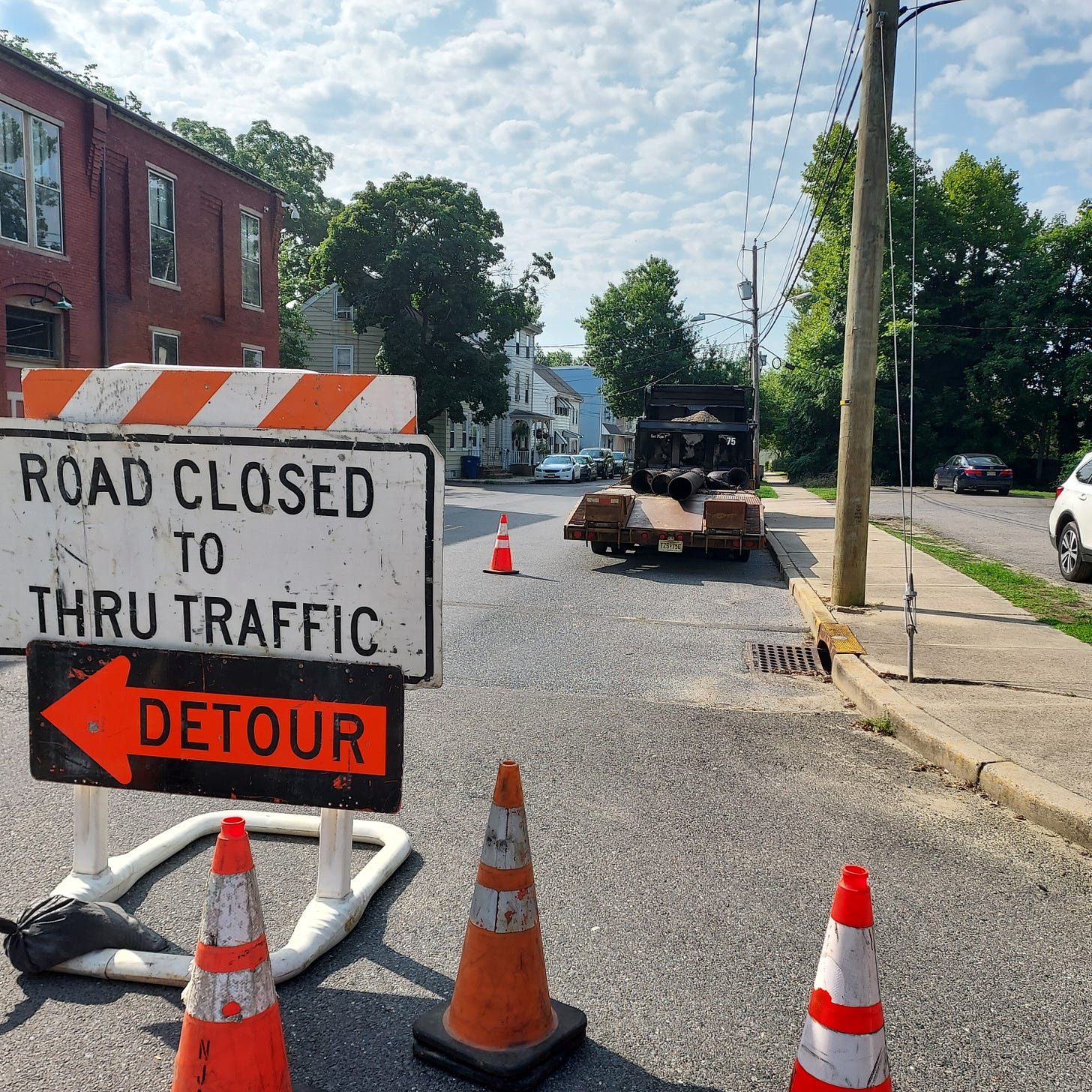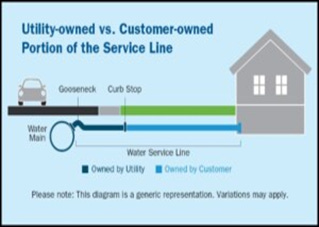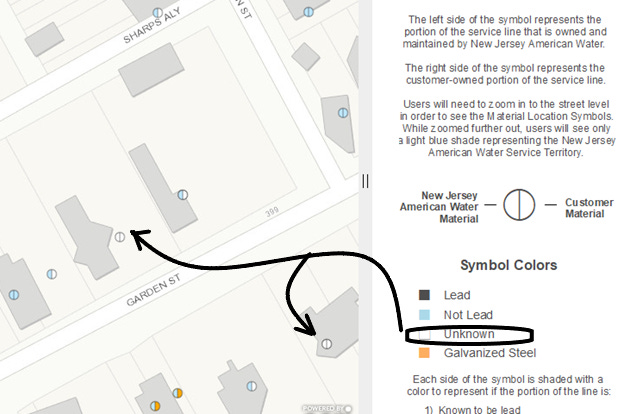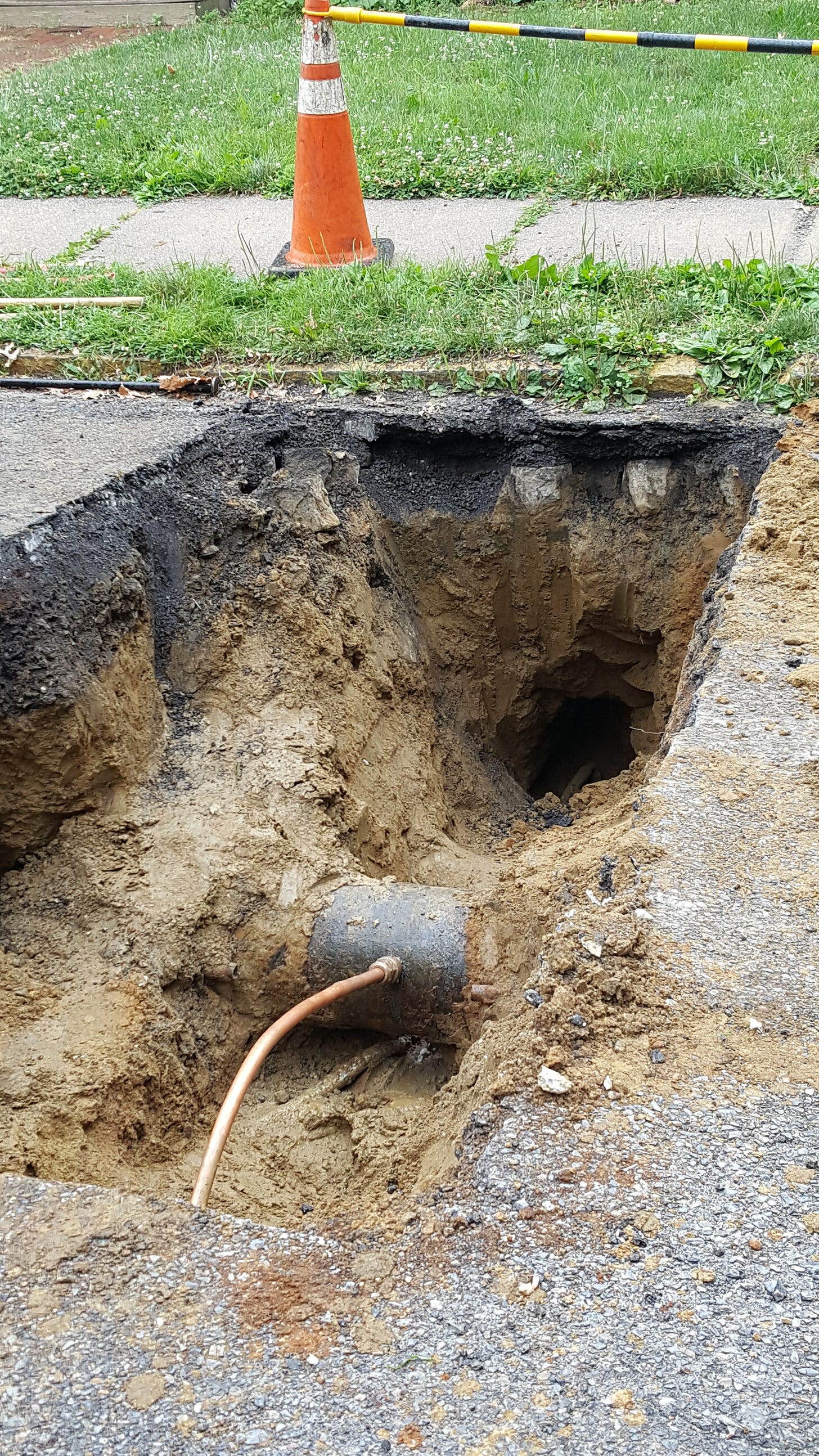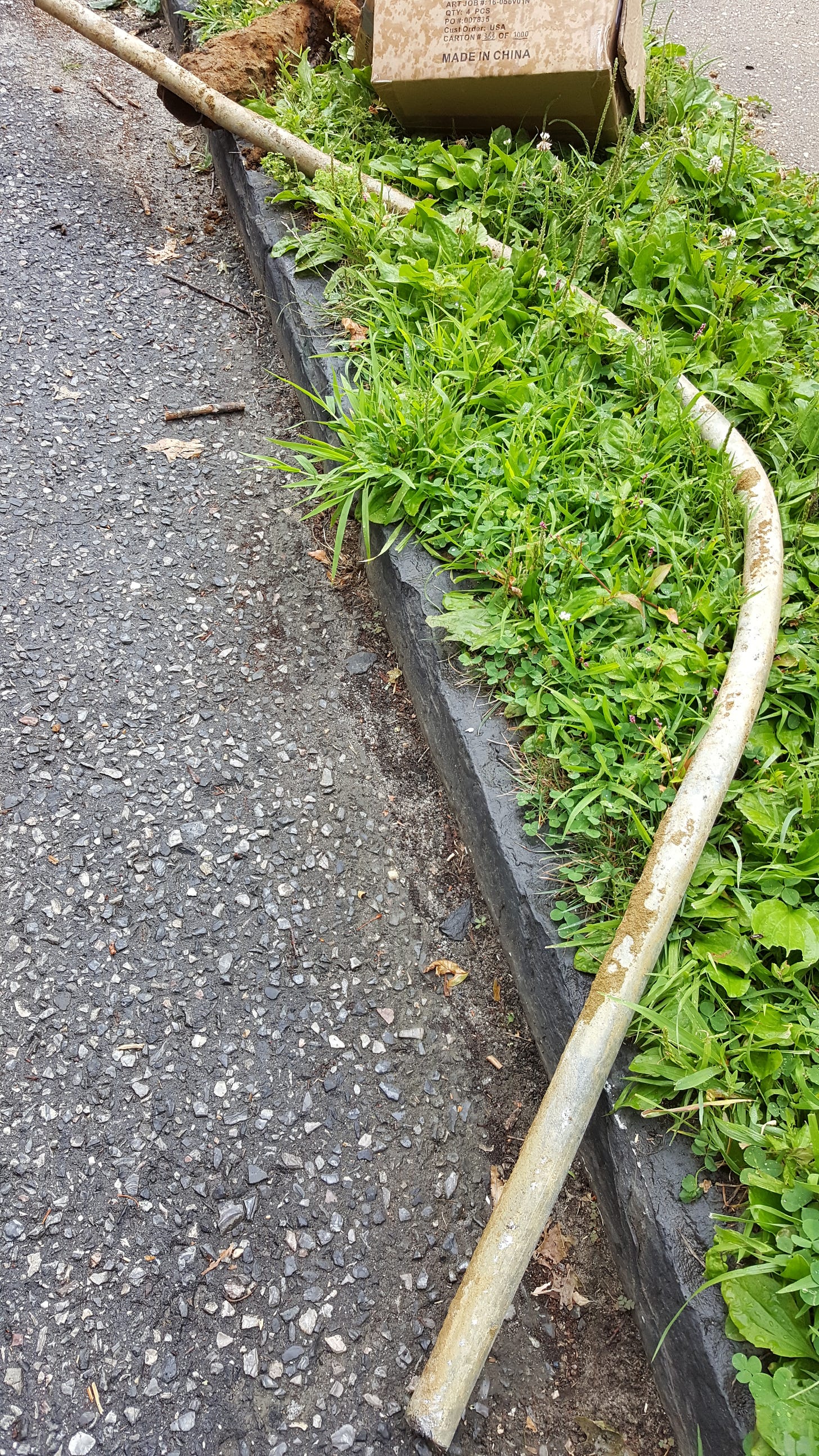NJAW: Getting The Lead Out
Removing Lead Water Pipes in Mount Holly
CORRECTION 10/2/24: The Mount Holly Reporter noticed that a water bill did not conform with info previously released by New Jersey American Water Co. about the “Lead Service Line Replacement Charge” [LSLRC]. The charge is higher than we first stated based on NJAW Co info. The NJ Board of Public Utilities wrote to The Reporter and said the rate “went from $0.04344 to $0.06630 to $0.08981. Also I have attached the link to the NJAW website where the latest NJAW tariff is available that became effective 9/15/24. The current rate is $0.08791. I hope this answers all of your questions.” This means that a customer who consumed 5,520 gallons in a month would pay $4.85, not 91 cents as we first reported.
You may have noticed during May, June and July that Garden Street and other streets were closed during morning and afternoon hours. This is because New Jersey American Water Company [NJAW] has been making street cuts and removing lead “service lines” to comply with a 2021 state law that required this work to be done by 2031. But not just lead lines, also pipes made of galvanized steel which the law states that, “shall be considered to be a lead service line.”
While a representative of the company stated that NJAW is not replacing mains, it turns out that mains are incidentally being replaced in some areas, like the intersection of Mill and Buttonwood streets.
But “service line” replacement is the primary purpose for street closures and you should understand how ownership of these service lines usually means that costs are charged directly to the water customer. That’s because water suppliers do not pay for maintenance or replacement of the customer owned portion of the service line, that is, the pipe between the water shut off valve and the home [see “Curb stop” image below].
However, the 2021 law required water companies to replace both sides of the service line “including the property-owner side and the system side” pipes. The Legislature understood that some residents would not replace these pipes if they were faced with $1,000s in replacement costs. So, to make replacements of all lead pipes happen quickly, the 2021 law allows water companies to impose a system wide fee that covers the cost of replacing private pipes. That fee can be found on your bill as the “Lead Service Line Replacement Charge”. The monthly surcharge amounts to about 91 cents for any customer who uses the average amount of 5,520 gallons per month.
See Correction at Top of Article.
NJAW is conducting this work according to a strategic plan and so customers outside planned work areas can not set up appointments to do the work. When NJAW is working in your area, they will contact customers in the area who then have the opportunity to allow replacement of the private service line which the company will warranty for 12 months. While NJAW cautions that the most common source of lead in drinking water are the customer owned pipes, residents are not required to allow the replacement of their private service line.
It may interest you to know that a typical water service replacement process is trenchless. Resident Johannus Franken told the Reporter how NJAW replaced his galvanized service line without digging up his front garden and its hardscaping. “They disconnected my house plumbing in the basement from my galvanized steel service line. Then they ran a cable through that service line with a coil attached to one end of a new copper pipe. They pulled the cable from outside which drew the old galvanized service line and the new pipe under ground to a hole they dug at the meter pit. The process was fast and even better, avoided damages to my garden walls and pavement.”
Another construction note is that concrete pavement surrounding the meter pit may be temporarily replaced by asphalt. Nick Kisarewich of Pioneer Pipe [a subcontractor to NJAW] said that asphalt patches will be replaced by “concrete once the water main project is complete and time is allowed for settlement.”
In addition to all the field work, the 2021 legislation also required water providers to notify customers with lead or galvanized steel service lines. Furthermore, providers are required to share information with the general public about both the utility-owned and customer-owned pipe materials. An inquiry by the Reporter to Andrew Nims, Operations Supervisor with NJ American, revealed that customers can access this information by using the web map service that is routinely being updated at https://njaw.maps.arcgis.com/apps/webappviewer/index.html?id=2aa6e04ed2204b86a6bd233600870dc2#
If you check this map service, and zoom in to your area, you will find it symbolizes each service line on both the customer side and the company side of the water shut off valve. Different colors are used inside the circular symbol to indicate the pipe material as currently understood by NJAW.
Note that some symbols reflect “unknown” pipe material [see image]. A number of these “unknown” pipe materials can be seen on Garden Street. This is not surprising given the age of our infrastructure, but Reporter field interviews with members of the construction crew during June revealed that at least some of the service lines removed from the street were made of lead.
Regarding those unknown pipe materials, NJAW is requesting that residents help identify the customer side pipe materials by clicking on the map service symbol for your property, which will provide a popup window that allows you to report the type of service line that you own. NJAW has provided an instructional Youtube video that demonstrates how you can determine what type of pipe you have.
The Mount Holly Reporter was present during 2017 when mains and service lines were being replaced on Buttonwood Street. Photography below shows the new main and new “company owned” copper service line which replaced the old lead service line. The old main was located under the curb and was abandoned in place. The lead service line which was removed from the ground is pictured on the grass.



